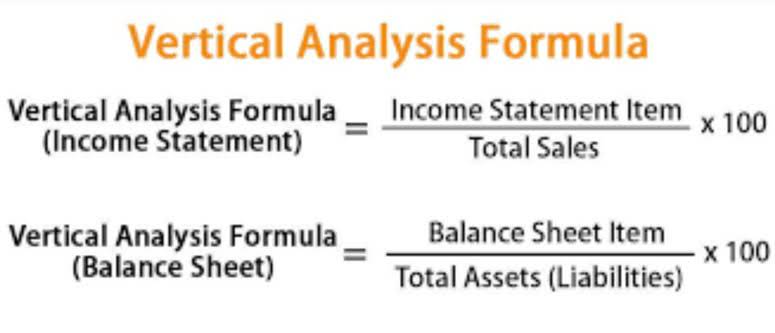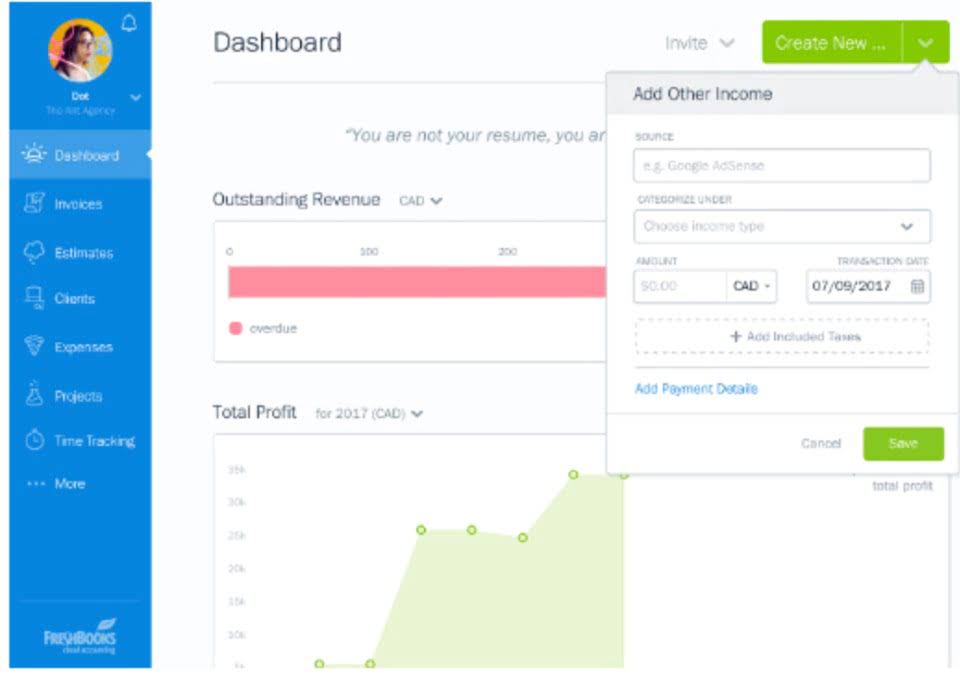
Post the transactions to the income summary account and close the income summary account. Distributions has a debit balance so we credit the account to close it. Our debit, reducing the balance in the account, is Retained Earnings. Transferring it to a balance sheet gives more meaningful output to stakeholders, investors, and management. Therefore, learning about income summaries and other accounting tools in business is imperative.
Recording a Closing Entry
- Therefore, cash appears first under the current asset heading since it is already liquid.
- They are also transparent with their internal trial balances in several key government offices.
- The Philippines Center for Entrepreneurship and the government of the Philippines hold regular seminars going over this cycle with small business owners.
- It may be assumed that the income summary normal balance is on the credit side as this refers that the company expects the net income at the end of the period, in which it usually does expect that.
- For the rest of the year, the income summary account maintains a zero balance.
- A company will see its revenue and expense accounts set back to zero, but its assets and liabilities will maintain a balance.
- During the closing process at the end of an accounting period, all revenue accounts’ credit balances are transferred to the income summary.
The Dividend account is closed to the Retained Earnings account. This results in transferring the balance in dividends, a temporary account, to retained earnings, a permanent account. However, some corporations use a temporary clearing account for dividends declared (let’s use “Dividends”). They’d record declarations by debiting Dividends Payable and crediting Dividends. If this is the case, then this temporary dividends account needs to be closed at the end of the period to the capital account, Retained Earnings. Notice that the balances in interest revenue and service revenue are now zero and are ready to accumulate revenues in the next period.
What Is an Accounting Period?
They must also make practical cost-benefit decisions about how much information is useful to disclose. Some of these decisions are discussed in the following section. LO4 – Explain the importance of and challenges related to basic financial statement disclosure. Notice how accumulated depreciation is shown on the balance sheet. However, if the company also wanted to keep year-to-date information from month to month, a separate set of records could be kept as the company progresses through the remaining months in the year.
- This involves debiting the revenue accounts to reset them with zero balance and crediting the final temporary account.
- The next and final step in the accounting cycle is to prepare one last post-closing trial balance.
- An example of an estimate is the useful life of long-lived assets in calculating depreciation.
- For this reason the account balance for items on the left hand side of the equation is normally a debit and the account balance for items on the right side of the equation is normally a credit.
- Below are the December 31, 2016, year-end accounts balances for Abled Appliance Repair Ltd.
Related AccountingTools Courses

The Philippines Center for Entrepreneurship and the government of the Philippines hold regular seminars going over this cycle with small business owners. They are also transparent with their internal trial balances in several key government offices. Check out this article talking about the seminars on the accounting cycle and this public pre-closing trial balance presented by the Philippines Department of Health. Notice how only the balance in retained earnings has changed and it now matches what was reported as ending retained earnings in the statement of retained earnings and the balance sheet. This account is a non-operating or “other” expense for the cost of borrowed money or other credit.
Transferring the expense account to the account is similar to the revenue account process. However, rather than credit the expense balance to transfer it, businesses must debit it, given that expenses are already credited. The first step in preparing it is to close all the revenue accounts.

Debits and Credits Outline
The expense accounts and withdrawal account will now also be zero. We see from the adjusted trial balance that our revenue account has a credit balance. To make the balance income summary normal balance zero, debit the revenue account and credit the Income Summary account. From this trial balance, as we learned in the prior section, you make your financial statements.
Companies are required to close their books at the end of each fiscal year so that they can prepare their annual financial statements and tax returns. Although each account has a normal balance in practice it is possible for any account to have either a debit or a credit balance depending on the bookkeeping entries made. Revenues and gains are recorded in accounts such as Sales, Service Revenues, Interest Revenues (or Interest Income), and Gain on Sale of Assets. These accounts normally have credit balances that are increased with a credit entry. The Income Summary is very temporary since it has a zero balance throughout the year until the year-end closing entries are made. Next, the balance resulting from the closing entries will be moved to Retained Earnings (if a corporation) or the owner’s capital account (if a sole proprietorship).
Permanent and Temporary Accounts
The expense accounts have debit balances so to get rid of their balances we will do the opposite or credit the accounts. Just like in step 1, we will use Income Summary as the offset account but this time we will debit income summary. The total debit to income summary should match total expenses from the income statement.

Example of an Income Summary Account

This means that it is not an asset, liability, stockholders’ equity, revenue, or expense account. The account has a zero balance throughout the entire accounting period until the closing entries are prepared. Therefore, it will not appear on any trial balances, including the adjusted trial balance, and will not appear on any of the financial statements.
Financial statements are prepared based on adjusted account balances. The independent auditor is responsible for examining the financial statement information as prepared by management, including the reasonableness of estimates, and then expressing an opinion on their accuracy. In some cases, the auditor may assist management with aspects of financial statement preparation.